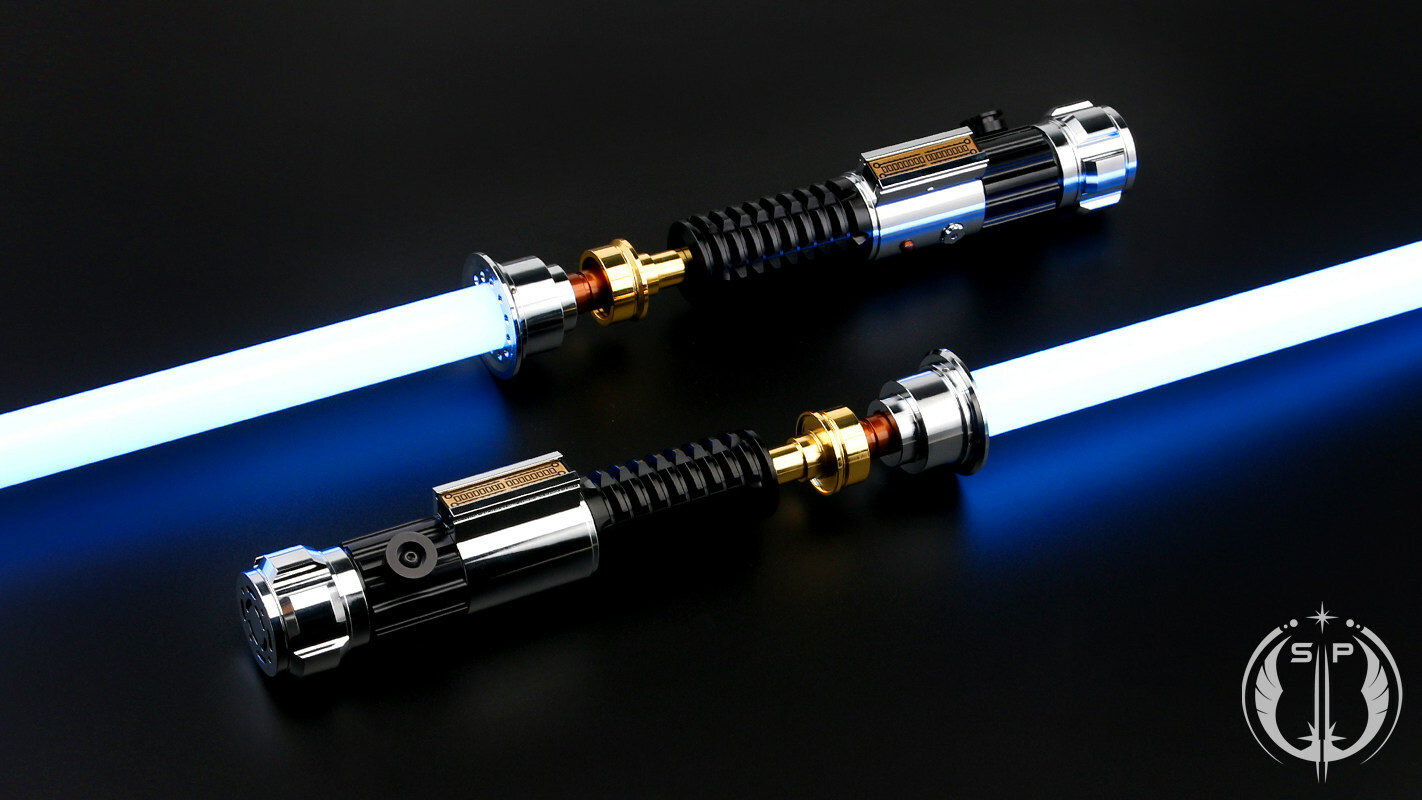The Factors That Affect the Sale of a Product
When you approach a product in the market and make the decision to place it into your shopping cart and carry it all the way to the comfort of your home, do you ever wonder what was the thought process that went into ensuring that you would make that decision? Contrary to what the average person believes, there are a lot of little tricks that the manufacturers can use to increase the chances of you buying their products. Here are some of the factors that can influence a potential buyer’s decision to purchase the product.
1. Reciprocity
If you have a new product on the market, or just an old one that you are trying to rebrand and re-spark the energy into, a great way to bring people on board with your product is by handing out free samples at the local stores and malls. When you give a free sample of your product to your potential customers, it creates a feeling of friendliness in them towards your brand, and they will have a tendency to reciprocate those feelings. After all, if they received a gift, they might want to give something in return for that gift.
2. Custom POP display
A big store or mall will be selling many different products and the same products from many different brands. With the plethora of products around them, why would a customer be drawn towards your product among a tsunami of other brands? This is a good question. The answer to this could lie in custom POP displays. POP stands for point of purchase, which is basically a certain place in the store for your specific product.
By making a flamboyant and vibrant POP display, you could attract the attention of many shoppers towards your product. You could even add some flashy lights to attract attention. The more eyes linger on your product, the more likely you are to make a sale, and that is why this is an excellent strategy for store sales.
3. Instill a Sense of Urgency
Nobody likes to be left out or feel like they are missing something, such as a big opportunity. In such situations, humans have a tendency to make spontaneous and rash decisions that revolve solely around making the best of their opportunity. This mentality can be used by manufacturers to get customers to make a decision in their favor. For example, a big sign that mentions a 10, 20, or 30 percent sale for a “limited time,” or says something like “limited edition” or “only for the next seven days” will instill a sense of urgency in the customers and make them want to take advantage of the rare opportunity.
4. Colors
More and more brands are hiring fine art students to contribute to their product’s packaging, and the reason behind it is very simple. There is a proven correlation between colors and a person’s mood, and this is a correlation that fine art students have a very good understanding of. Most of the decisions humans make are based on moods and feelings so if the way of manipulating those is known to a particular brand, say through colors of their product’s packaging, then that brand will have an edge over the competition in terms of sales. There are many stories of products being revived with just a make-over to their packaging.
5. Packaging
The actual packaging of the products is also something that plays a crucial role in influencing the mind of the buyer. For example, technology-based products are often packaged in sleek packaging or even unique packaging to tell people that this tech brand stands for innovation. Food products usually come in packaging that makes consumption easier. When the same product is sold by two different companies, the packaging can be the tie-breaker between which one eventually gets to go home with the customer.
There are several ways outside of advertising that can help you market your product for maximum sales while it lies quietly on the shelf. All of these tips, tricks, and techniques can help make the sale.





